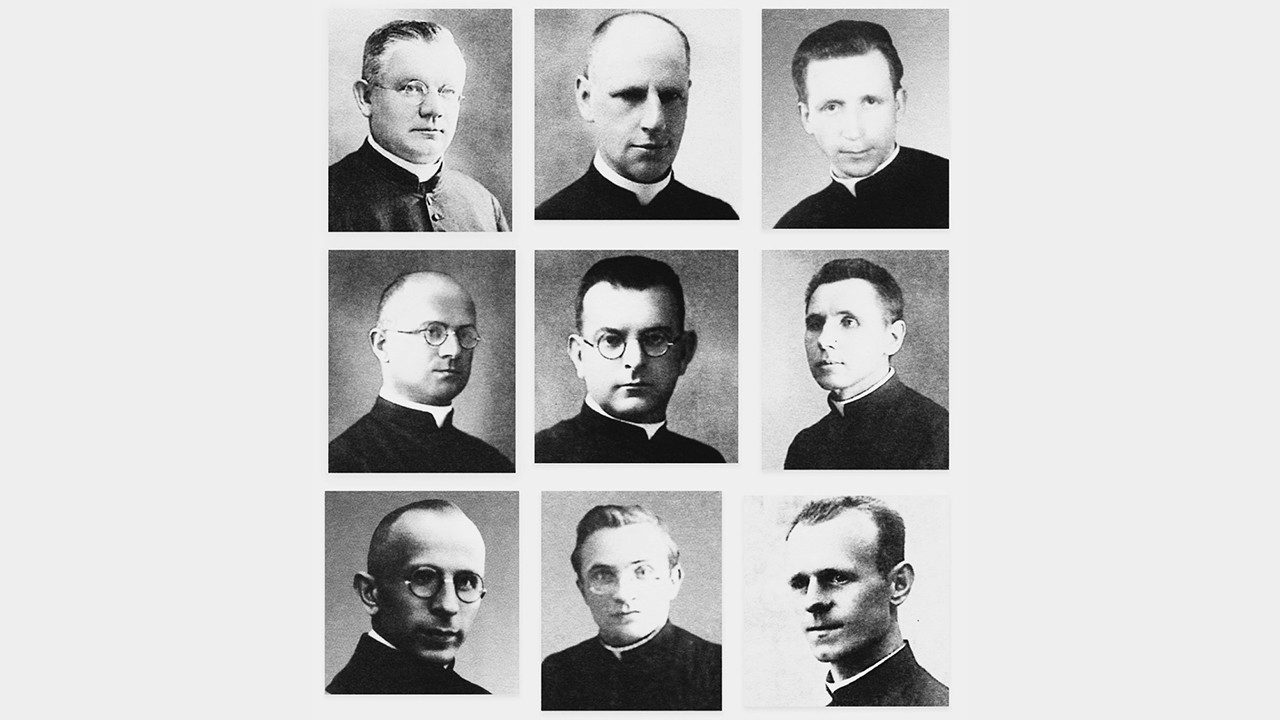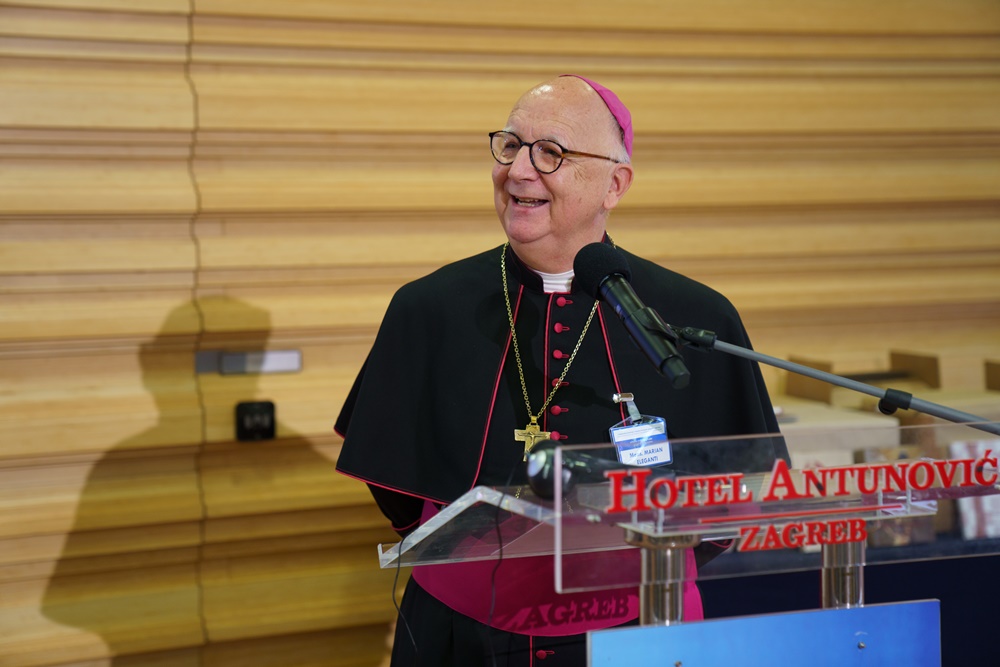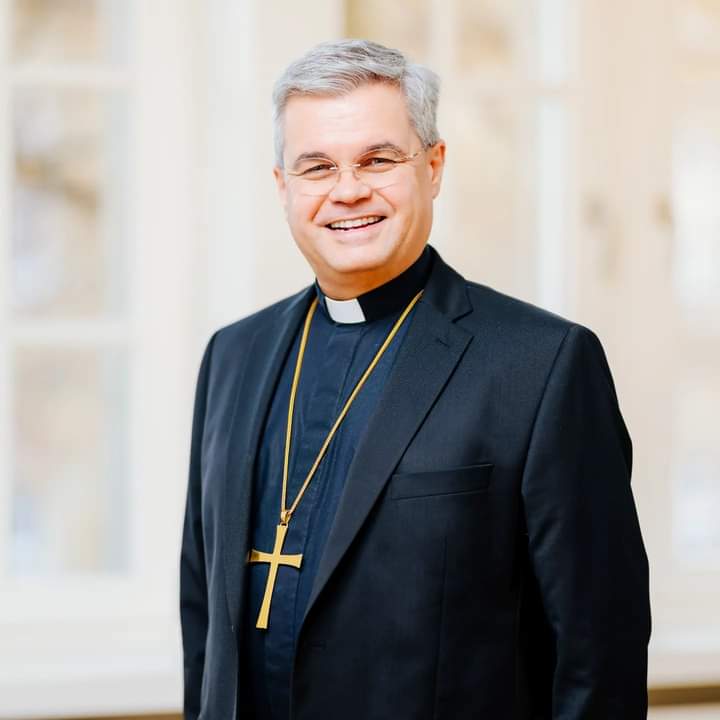Italy has reinstated the Feast of St Francis of Assisi on 4 October as a national holiday nearly half a century after it was removed from the national calendar.
The Italian Senate’s Constitutional Affairs Committee approved the bill with the proposal on 1 October following near-unanimous support in the Chamber of Deputies last month. The law will come into effect in 2026, coinciding with the 800th anniversary of the saint’s death.
Prime Minister Giorgia Meloni welcomed the decision as “a moment of unity” for the country, calling St Francis “one of the most representative and distinctive figures of our national identity”.
The timing of the law carries symbolic weight. The year 2026 will see major celebrations across Italy marking eight centuries since the saint’s death in Assisi. The Franciscan communities, the Vatican and civic authorities have already begun preparations for a Jubilee expected to attract millions of pilgrims from around the world.
Cardinal Matteo Zuppi, president of the Italian Bishops’ Conference, welcomed the law reinstating the feast day, describing it as “an opportunity to rediscover the figure of the patron saint of Italy, who has profoundly shaped the character of our country”.
The archbishop of Bologna noted that in a world “torn by divisions, growing international tensions, and violence”, St Francis reminded Italians that “a fraternal, unarmed world is possible”. His example, Zuppi added, continues to inspire “political love, love for creation and commitment to the common good”.
The measure, which passed with only two votes against it, restores a tradition that had been part of Italian life until 1977, when several religious feast days were removed from the national calendar amid efforts to boost productivity and secularise during the country’s economic crisis.
Afterwards, though the feast continued to be celebrated liturgically, it lost official recognition as a day of rest. The reinstatement now restores St Francis’s day to its place alongside other national observances.
St Francis of Assisi, born Giovanni di Pietro di Bernardone in the late 12th century, renounced wealth to embrace a life of radical poverty and service. His devotion to Christ, creation and peace left an indelible mark on Christian spirituality and on European culture.
The return of his feast as a national holiday in Italy, after nearly fifty years, marks both a gesture of national reconciliation and a renewal of Italy’s spiritual heritage.
Declared patron saint of Italy in 1939 by Pope Pius XII, his legacy continues to unite Italians beyond political and religious divisions.
RELATED: What would Saint Francis make of Assisi today?
Photo: 'Saint Francis of Assisi in Ecstasy' by Caravaggio, c. 1595. (Image in the Public Domain.)




.jpg)


.jpg)



.jpg)




